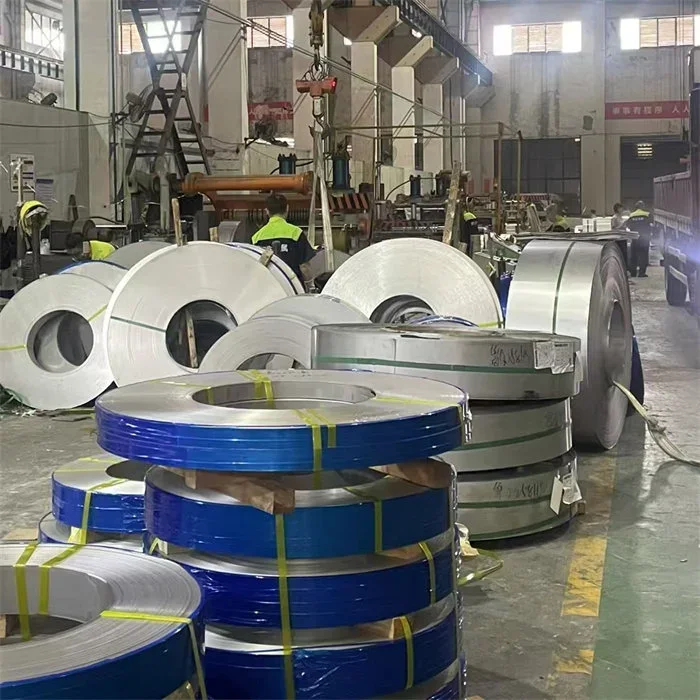Basalt, one of the most abundant volcanic rocks on Earth, is renowned for its fine-grained texture and dark color. However, within its dense matrix, one can often observe intriguing white crystals that stand out against the dark backdrop. These white crystals are not merely decorative; they play a significant role in understanding the geological processes that shape our planet. In this article, we will delve into the nature of these white crystals, their formation, and their implications for volcanic activity and mineralogy.
Understanding Basalt: A Brief Overview
Basalt is primarily composed of plagioclase, pyroxene, and olivine, with a high content of iron and magnesium. It forms from the rapid cooling of lava at or near the Earth's surface, resulting in a fine-grained texture. However, the presence of white crystals within basalt can indicate a more complex history of crystallization and cooling processes.
The Nature of White Crystals in Basalt
The white crystals commonly found in basalt are primarily composed of minerals such as feldspar, quartz, and occasionally, calcite. Each of these minerals contributes to the overall composition and characteristics of the basalt rock.
- Feldspar: The most prevalent white crystals in basalt are typically plagioclase feldspar. This mineral is a key component of the rock and forms during the cooling of magma. Plagioclase can appear white to light gray and is characterized by its two-directional cleavage, which can be observed under a microscope.
- Quartz: Although less common in basalt due to its formation from more silica-rich magmas, quartz can occasionally be found as white crystals. Its presence may indicate a more evolved magma source or a history of interaction with surrounding rocks.
- Calcite: In some basaltic formations, especially those influenced by hydrothermal processes, calcite can precipitate as white crystals. This mineral often forms in voids or fractures within the basalt, resulting from the alteration of volcanic glass or the interaction with carbonated fluids.
Formation Processes of White Crystals
The formation of white crystals in basalt is influenced by several geological processes:
- Cooling Rate: The rate at which lava cools significantly affects crystal formation. Rapid cooling typically results in smaller crystals, while slower cooling allows for the growth of larger crystals. The presence of white crystals often indicates a period of slower cooling, possibly due to the magma's interaction with water or the atmosphere.
- Magma Composition: The chemical composition of the magma from which basalt forms plays a crucial role in determining the types of crystals that will develop. Magmas with higher silica content tend to produce more feldspar and quartz, while those with lower silica yield more olivine and pyroxene.
- Post-Emplacement Alteration: After basalt has solidified, it can undergo various alteration processes. Hydrothermal fluids can introduce new minerals, leading to the formation of white crystals like calcite. Additionally, weathering processes can also affect the mineralogy of basalt, altering the appearance and composition of the white crystals.
Geological Significance of White Crystals
The presence of white crystals in basalt is not just a matter of aesthetics; it provides valuable insights into the geological history of an area. Geologists often study these crystals to infer the conditions under which the basalt formed, including temperature, pressure, and the chemical environment of the magma.
- Indicator of Magmatic Processes: The types and sizes of white crystals can indicate the cooling history of the magma. For instance, a predominance of plagioclase feldspar may suggest a more evolved magma, while the presence of olivine might indicate a primitive, less differentiated source.
- Tectonic Activity: The formation of basalt, and consequently the white crystals within it, is often associated with tectonic activity. Understanding the distribution and characteristics of these crystals can help geologists assess the tectonic history of a region, including volcanic activity and plate movements.
- Resource Exploration: The minerals found within basalt, including the white crystals, can also have economic implications. For example, feldspar is used in the manufacture of glass and ceramics, while calcite can be a source of lime for various industrial processes.
Conclusion
The white crystals found in basalt are more than just a striking visual element; they are key indicators of the geological processes that shape our planet. By studying these crystals, geologists can gain insights into the history of volcanic activity, the composition of magma, and the tectonic forces at play. As we continue to explore the mysteries of basalt and its crystalline components, we deepen our understanding of Earth's dynamic systems and the intricate processes that govern them. Whether you are a geology enthusiast or a professional in the field, recognizing the significance of these white crystals can enhance your appreciation for the complexities of volcanic rock formation.


